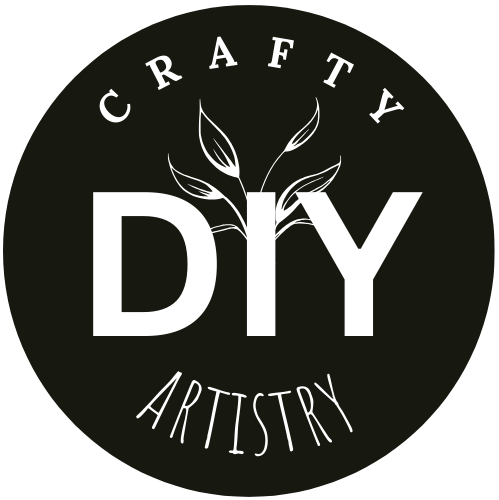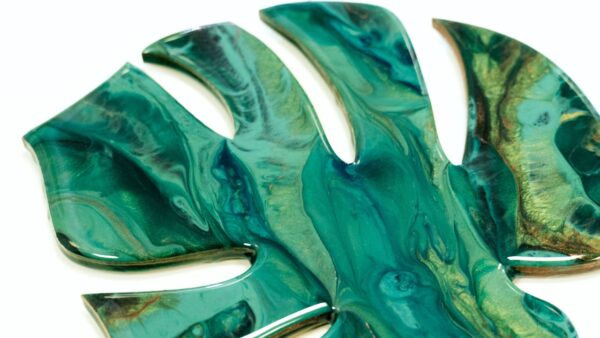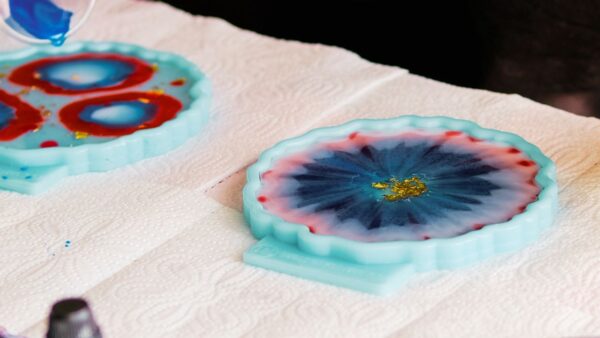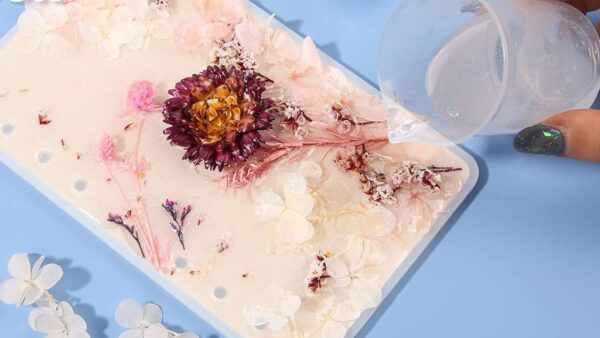What Is Doming Resin? 🔍+ How To Use It
Hey crafters! Today, we’re talking about using doming resin. It’s what we use to make resin jewelry, coasters and crafts that require a doming finish.
If you’ve ever wondered about the glossy finish on resin jewelry, coasters, or vibrant resin artwork, chances are you’ve encountered doming resin. Epoxy doming is easy to do with the right type of resin which we will discuss below.

Doming resin is a technique that gives a three-dimensional effect to your creations.
Instead of the resin laying flat, it creates a dome so if you look at it from the side, you can clearly see that the resin is above the tray that it is poured into.
In this guide, we’ll show you how to use doming resin and tips on how to use it.
How to use doming resin
1. What is doming resin?
Doming resin is a type of clear epoxy resin, to craft smooth, three-dimensional, and glossy finishes on various surfaces. It is applied in a manner that raises or domes without spilling over the edge.
Doming resin typically consists of two components, a resin and a hardener, which are mixed together in specific ratios to initiate the curing process.
You can also get doming resin in UV form without having to do any mixing.

This resin is commonly used for various items, such as jewelry, artwork, and decorative pieces. It gives a durable and glass-like coating that domes up from the surface. I personally love how miniature artwork looks when it has a glossy domed surface, it is so pretty.
Doming resin is thicker than regular resin. This thicker nature is helpful for getting a raised or domed surface. You can use regular resin but if the formula is too thin, you will not get a dome. The resin will run over your tray.
2. Doming resin has high viscosity
Viscosity is the resistance of a liquid to flow. In simple terms, a liquid with high viscosity is thick and resistant to pouring or spreading.
While a liquid with low viscosity is more fluid and easily flows. Think of honey as having high viscosity, and water as having low viscosity.

When you are looking for a doming resin, you will be searching for a resin that is thick.
Many epoxy resin brands will fit the description of a doming resin, simply because their formulas are created to be thicker. So keep this in mind that even that they don’t specifically say doming resin, it can totally be used if it’s not a thin resin.
So, if you have a thick resin on hand, you can likely use it for doming, even if it’s not marketed for that purpose.
3. Application in thicker layers
The higher viscosity of doming resin allows it to be applied in thicker layers without flowing off the edges of the intended surface.
When you apply the resin, it tends to hold its shape and form a raised dome as it self-levels.

This property is needed in applications where a three-dimensional finish is desired, such as coating the surface of jewelry, artwork, or other decorative items.
4. Creating a raised or domed effect
Imagine pouring a liquid with low viscosity onto a surface; it would spread thinly and evenly. In contrast, doming resin, with its higher viscosity, gives you a more substantial form, creating a rounded, raised effect as it settles.
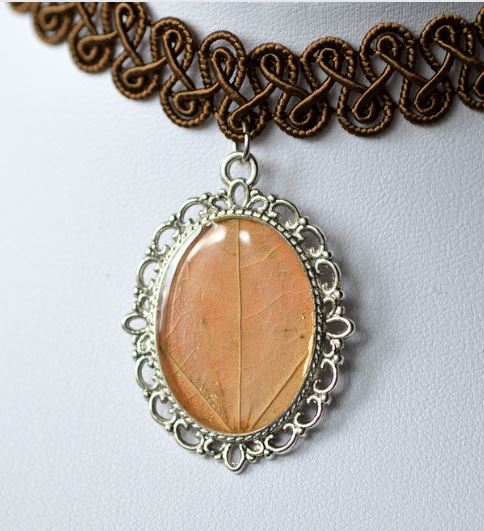
This allows artists and craftsmen to add depth and dimension to their creations. It looks fantastic with embeds or glitter for resin.
5. Self-Leveling of doming resin
The term “self-leveling” refers to the ability of a liquid, in this case, doming resin. It will naturally and evenly spread across a surface to create a smooth and level finish.
Despite having a higher viscosity, which might imply a thicker consistency that could lead to uneven application, doming resin is made to have self-leveling properties while still getting the domed effect.
6. Consistency and flow of doming resin
Although doming resin is thicker than standard epoxy resins, it maintains a balance in its formulation that allows it to flow and level itself out once applied.
This characteristic is so that the resin doesn’t stay in thick, uneven patches but instead spreads out smoothly without being too runny.
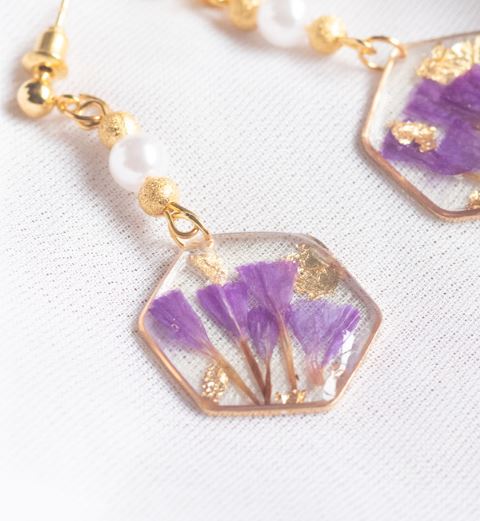
7. Surface tension in domed resin
Surface tension plays a role in how resin behaves during application. Resins, including doming resin, are liquid polymers with a natural tendency to form into droplets or beads due to surface tension.
High surface tension can stop the resin from spreading evenly, leading to uneven coatings and potential imperfections.
To address this, many resins, especially those designed for applications like doming, are formulated with additives that reduce surface tension.

By minimizing surface tension, the resin can flow more smoothly, self-level, and adhere evenly to the substrate, resulting in a flawless, glossy finish.
Managing surface tension helps in reducing the occurrence of air bubbles, ensuring a more professional and aesthetically pleasing outcome in resin-coated projects.
Self-leveling resins typically include additives that help manage surface tension. Surface tension is the force that causes a liquid to bead up or form droplets.
In the case of doming resin, the formulation is designed to counteract excessive surface tension, promoting a more even spread across the surface.
8. Minimizing air bubbles in domed resin
Self-leveling resins also help minimize the formation of air bubbles during application.
As the resin levels itself, any trapped air is more likely to rise to the surface and escape, reducing the risk of imperfections in the finished product.
See our article about how to get rid of resin bubbles.

9. Reduced need for manual intervention
One of the significant advantages of self-leveling resin is that it reduces the need for excessive manual spreading or manipulation by the artist.
It will just stay in the domed area without spilling over as long as you don’t overfill.

You still have to be careful when pouring because if you add too much, even this type of resin is going to pour over the edge.
10. What to look for when buying doming resin
When purchasing doming resin, you need high viscosity for getting the raised effect, self-leveling properties for even application, and excellent clarity for a glass-like finish.
Check the curing times of the resin you are using. Purchase UV-resistant formulations if exposure to sunlight is expected often.

Look for low odor and low VOC options for a more user-friendly experience, and compatibility with the materials you’ll be coating.
Read product reviews for how people are using and liking the resin.
Lastly, choose a packaging size that suits the scale of your projects. If you are just getting started, you might want to buy a budget friendly resin starter kit before purchasing larger amounts of resin.
11. What is the best doming resin?
Based on our many years of using resin, there are a few brands of resin that are great for doming.
One is an epoxy resin with high viscosity and the other ones are UV resins that use a cure lamp. These are perfect for making photo pendant jewelry with a quick cure.
ArtResin
ArtResin is a top-quality doming resin due to its meticulous formulation, providing good clarity, self-leveling properties, and a glossy finish for achieving the raised effect.
Recognized for UV resistance, it safeguards against yellowing when exposed to sunlight, making it suitable for various display conditions. These are a couple of my personal favorites.

Its low odor and low VOC composition contribute to a user-friendly experience, particularly in indoor settings. See our review on ArtResin brand.
Let’s Resin doming resin
This is one of the best doming resins for jewelry. Let’s Resin UV Doming Resin is another great doming resin. It has high clarity, self-leveling capabilities, and a brilliant glossy finish.
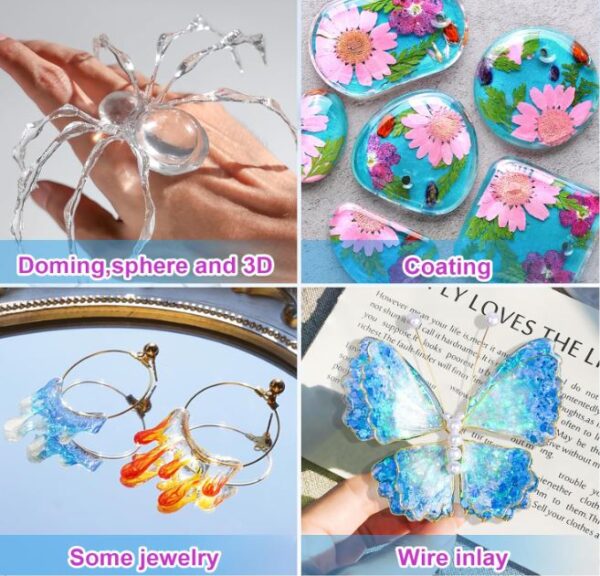
Let’s Resin has lots of sizes in their shop so you have flexibility to choose the right quantity for your specific projects. I suggest if this is your first time using resin that you get the small bottles to make sure it’s something you want to start using.
JDiction Doming Resin
A well-formulated doming resin is important for getting domed results in resin projects and this one checks all the boxes.
The formulation is really easy to work with and I have never had a problem with it going over the edges as long as too much isn’t added. This is one of my favorites and I use it all the time for small things like earrings.

A good formula has the right balance of ingredients. So you can pour it in thicker layers.
Based on My experience
I’ve used ArtResin, Let’s Resin UV Doming Resin and JDiction resins. They’re good choices for doming projects. They’re easy to work with, give a nice glossy finish, and hold up well over time. Definitely recommend them for anyone into resin crafting!
12. How to use doming resin
Materials and Tools:
- Doming resin kit (including resin and hardener)
- Silicone Mixing cups
- Stirring sticks or silicone spatula
- Clean and level work surface
- Masking tape or barriers (if working on a specific area)
- Items to be domed (jewelry, artwork, etc.)
- Safety equipment
See our list of supplies needed to use for resin crafts.
Prepare Your Workspace:
Set up a clean and level work area, ensuring proper ventilation. If you’re working on a specific item, use masking tape or barriers to create a boundary to contain the resin.
Safety Precautions:
Put on nitrile gloves and resin mask to protect your skin and eyes from contact with the resin.
Mix the Resin:
Measure and mix the resin and hardener in the specified ratio. Use a clean mixing cup and stir thoroughly for the recommended time to get a proper blend.
If using UV resin, you will not need to mix.

Apply Resin:
Pour the mixed resin onto the center of the item you want to dome. The resin should naturally spread to the edges due to its self-leveling properties. Use a silicone spatula or stirring stick to guide the resin for even coverage.

Gently spread the resin to the edges, creating a smooth and even layer. The resin will naturally dome as it levels, giving it a raised effect. Be cautious not to go over the edge because then your resin will run over.
Check for Air Bubbles:
After spreading the resin, check for any air bubbles. Pop them using a heat gun or by gently exhaling over the surface. You can also use a toothpick to remove stubborn bubbles.
Cure Time:
Allow the resin to cure. This typically involves letting it sit undisturbed for a specified period until it reaches its hardened state. If using UV Resin, you can now put it under the lamp for curing.
See our article: Resin cure times
Final Inspection:
Once cured, inspect the domed surface for any imperfections. If necessary, you can sand and polish the cured resin to achieve the desired finish.
13. Tips for using doming resin
Measure and Mix Accurately
When using epoxy resin, use precise measurements when mixing the resin and hardener.
It’s super important to follow all instructions that comes with your resin in regards to the correct ratio, and use separate, clean measuring tools for each component.

Accurate measurements are crucial for achieving the desired chemical reaction and optimal curing.
Work in a Controlled Environment
Create a clean and controlled workspace with minimal dust and debris. Dust particles can easily settle on the resin surface during curing, leading to imperfections.
Additionally, maintain a moderate room temperature, as extreme temperatures can affect the resin’s curing process.
Avoid Over-Manipulation
Dome resin is designed to be self-leveling, so avoid excessive manipulation once applied. Overworking the resin can introduce air bubbles or disrupt the leveling process.
This can also make the resin cloudy, not good!
Gently guide the resin to the edges, and let it naturally settle into a smooth, raised surface.
Pop Air Bubbles
Use a heat gun or a handheld torch to carefully pop any air bubbles that may appear on the resin surface after application.
Pass the heat source over the bubbles, and they should rise to the surface and disappear. Alternatively, a bubble remover machine will also help remove bubbles from the resin.
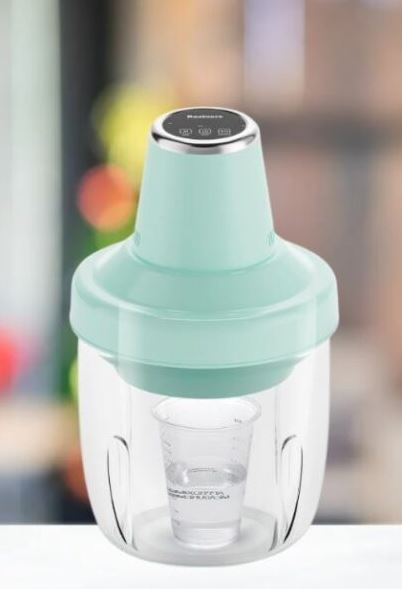
Air bubbles are common in resin and can ruin the look. See our guide about how to deal with bubbles in resin.
Plan for Multiple Layers (If Needed)
If you’re aiming for a particularly thick or highly domed effect, consider applying the resin in multiple layers.
Allow each layer to cure partially before adding the next to avoid excessive heat buildup, which can lead to cracking.
Remember to read and follow the specific instructions of the doming resin you’re using, as different products may have slightly varying application techniques and requirements.
14. Project ideas for doming resin
If you want to try your hand at using doming resin, here is a list of ideas for you to try. There’s so many creative ways to use it. We are sure you will come up with so many more ways once you get started.
- Domino Pendants
- Coasters
- Keychains
- Artwork
- Magnets
- Photo frames
- Decorative tiles
- Paperweights
- Bookmarks
- Phone cases
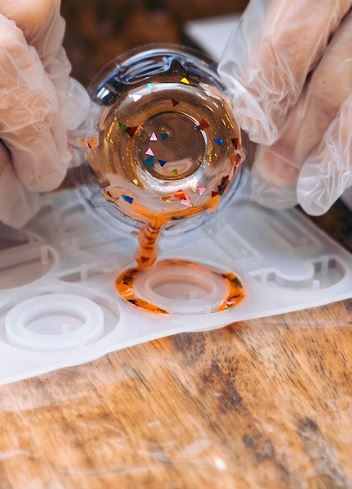
15. FAQ’s about using doming resin
1. Can I speed up the curing process of doming resin?
It’s not a good idea to accelerate the curing process by increasing the temperature or using excessive heat sources, as this may compromise the resin’s quality.
Follow the curing times provided by the brand you are using for proper curing without compromising the integrity of the finish. Or switch to a UV resin which cures under a UV lamp for resin for quick curing.
2. Can I apply doming resin on any surface?
Doming resin can be used with a variety of surfaces such as wood, paper, metal, and more.
However, make sure that the chosen surface is clean, dry, and free from contaminants to promote proper adhesion.
Some surfaces might require priming or preparation; refer to the resin manufacturer’s guidelines for specific recommendations. Here is is list of surfaces that resin does not stick to.
3. Is doming resin safe to use indoors?
Many doming resins are formulated to be low in volatile organic compounds (VOCs) and have low odors, making them suitable for indoor use.
Work in a well-ventilated area or use additional ventilation measures when using resin indoors. Resin safety is something that we take very seriously when working with any type of resin. Here is our Resin Safety Guide.
4. Can I add color to doming resin?
Yes, you can add color to doming resin using compatible pigments or dyes. Use coloring agents are specifically designed for use with epoxy resins to prevent undesired reactions.
Mix the color thoroughly with the resin before application, and consider conducting a small test to achieve the desired hue. Here are some helpful guides: How to color resin & best colorants for resin.
If you do not want to mix color into resin, you can also try a UV resin that is pre-colored.
5. doming resin vs casting resin
Doming resin is a thick, epoxy that creates raised surface when poured on a flat surface. In contrast, casting resin is a thinner epoxy that is used to fill molds and create solid, 3D objects, making it perfect for projects like resin art, figurines, or tabletop games.
Thank you for taking the time to read all about doming resin! We hope you found this information helpful and that it adds value to your resin crafting.
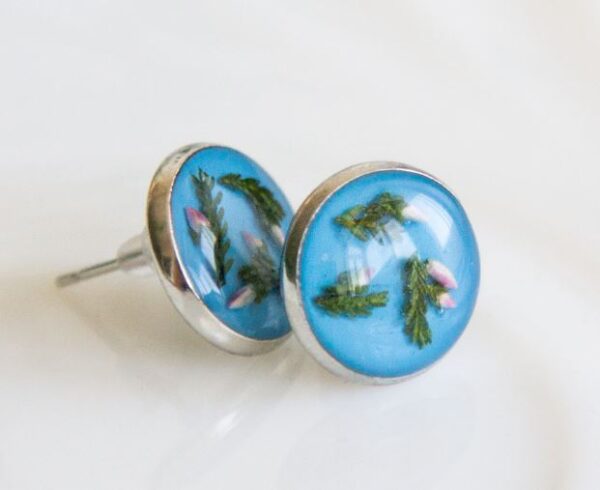
Additionally, if you have any further questions or need more assistance, feel free to reach out to the community by leaving a comment on your experiences. Happy crafting!
Next, check out our tutorial on how to cover an alcohol painting with doming resin.
